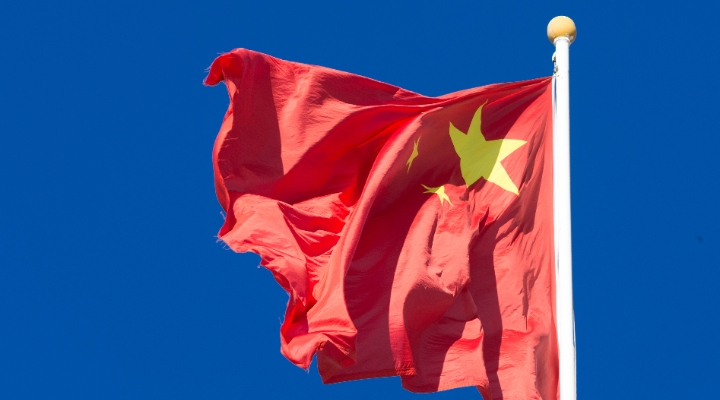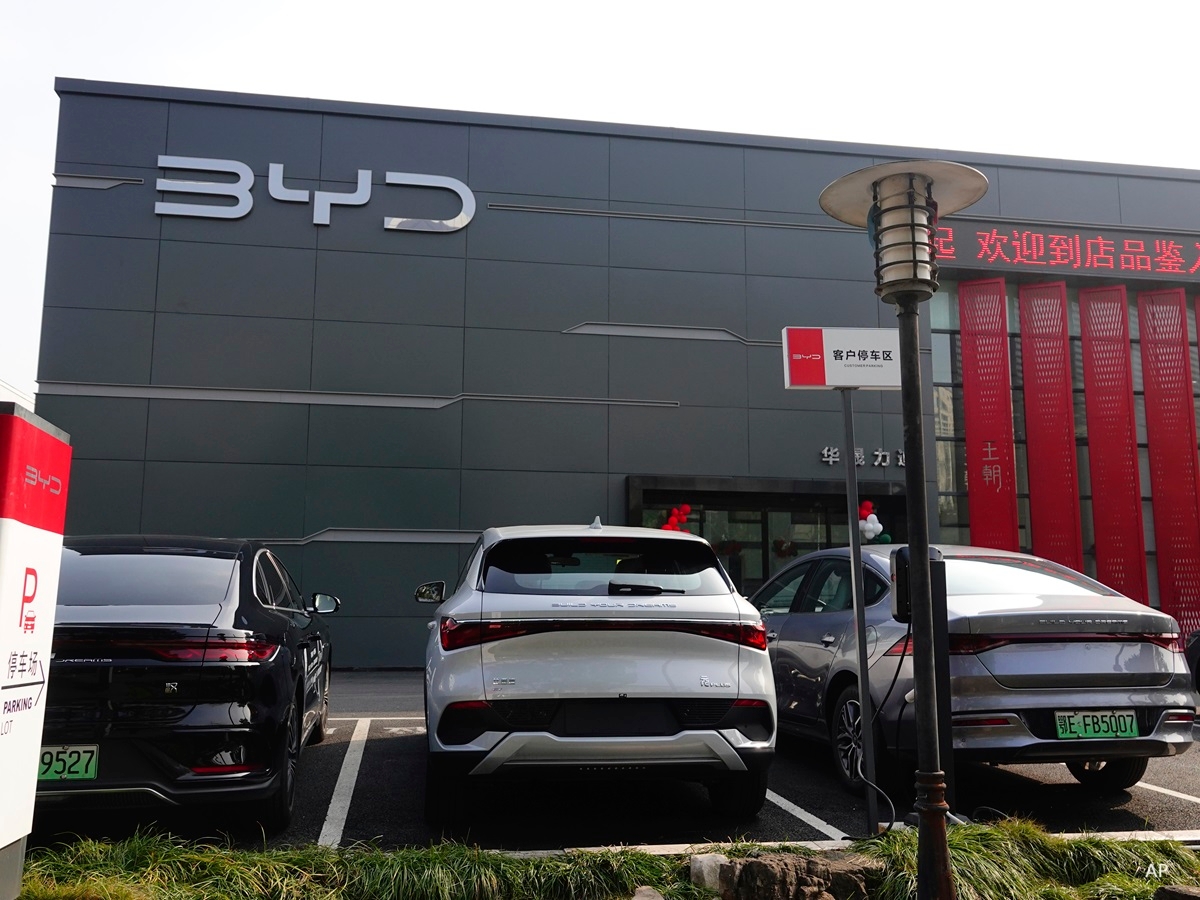
China is ‘quietly’ ramping up its reopening efforts. The Chinese government has softened its tone after rare public protests swept across the country.
The widespread social unrest started as factory workers at Apple’s (AAPL) manufacturing plant protested delayed bonus payments and poor living conditions caused by the COVID restriction. From there, college students and other citizens joined in, and some think that this has helped the government pivot to an accelerated stage of reopening after three years of pandemic restrictions.
With the targeted relaxation, Alicia Garcia-Herrero, chief economist for Asia Pacific at Natixis thinks: “The government has increased the cost of protesting while making concessions. I think it is a smart way out. But it is still a thin line because the increase in COVID infection cases, and deaths, is unavoidable.” At present, an estimated over 20% of China’s total GDP is still under lockdown
She sees as encouraging the signs that the government is softening the tone on the lockdowns in Guangzhou, a major manufacturing hub. In Guangzhou, lockdowns in most parts of the city have been lifted and have been replaced with less harsh restrictions. Similar measures are seen in the capital Beijing, as residents are allowed to isolate at home. As the December festive season begins in the West, these relaxations should help alleviate concerns that lockdowns in manufacturing cities will lead to another significant supply chain bottleneck.
But Daily Infection Rates Continue to Reach New Highs
However, one should not assume that this means that China is ditching its unique ‘zero-COVID’ approach.
On the mainland, COVID cases have been on the rise in recent weeks, reaching a record of 40,000 new cases each day. Garcia-Herrero thinks there is a risk that restrictions might return. She says: “This is why – other than saving face – there will not be clear announcements on the ongoing reopening that is already happening.”
Echoing this view is David Chao, global market strategist at Invesco. “The economic costs of China’s zero-COVID policy are well known and have been tolerated by policymakers. I believe the policy’s threat to social stability is a new variable that could expedite the pivot to an accelerated reopening. The big question is whether the recent wave of infections and demonstrations may push policymakers to resort back to stringent lockdowns or shift towards a more discretionary, targeted policy.”
“It’s apparent that the party genuinely tried to respond to the people’s concerns as it prioritizes social harmony above all else. For example, the recently announced 20-point fine-tuning measures make clear that Beijing is looking to pull back from sweeping lockdowns to a more targeted approach,” adds Chao. He expects a similar situation to previous waves where industrial activities remain more stable while retail sales are hardest hit.
Reopening Hits Different, Expect a Bumpy Road Ahead
However, investors are encouraged to see a gradual removal of COVID restrictions, especially the restrictions on mobility that paralyzed the economy. Chao believes that investors are already starting to “see the light at the end of this long COVID tunnel” in China, but expects the Chinese markets to remain volatile. Most recently, equities have seen daily swings as much as 5%.
While closely watching to see how policymakers may start to convey evolving pandemic messaging to the public, Chao adds: “Despite near-term market volatility, we are more optimistic about Chinese risk assets for 2023, given low valuations and an economic upswing led by a controlled reopening next year.” Looking at recent reopening history, Chao observes that major economies have hit “snags and even chaos” in the early stages of a reopening. “The same could be expected for China,” he adds.
A Recession in the West Could Further Complicate Matters
Right now, the economy looks sluggish. The country’s Purchasing Managers Index remains in contraction territory and the underlying elements point to bleak economic health for the country.
Iris Pang, chief economist for great China at ING Bank, says: “The employment sub-index was the lowest it has been since March 2020. In contrast, the input price sub-index has been above 50 for the last two months due to high crude oil and metals prices. And even though the two sub-indices diverged, they point to slower sales growth and slimmer profit margins for smaller manufacturers, which is a more downbeat story than that suggested by the headline numbers.”
There’s also recessionary fear in the West. Pang says: “Weaker external demand is another headache for Chinese exporters. With even weaker external economic growth projected for 2023, it seems that there will be no immediate reversal of the weak trend for Chinese exporters any time soon.”
What Might Happen Next?
Going ahead, a possible positive note comes from the government. Although COVID cases in China continue to run high, the country’s Vice Premier Sun Chunlan stated that “...with the weakening of the pathogenicity of the Omicron virus, the popularisation of vaccination and the accumulation of experience in prevention and control, China is facing a new situation and new tasks in the prevention and control of the epidemic.”
Pang thinks the communique hints that local government officials will likely exercise COVID measures with an intent to reduce their impact on the economy even if there are no further imminent changes in the overall COVID rules.
Invesco’s Chao also suggests that investors should not omit the effects from monetary policy support. With the latest round of reserve requirement ratio and cut liquidity injection, Chao says the central bank is sending a strong message that they are “attentive to the economic challenges and keen to ensure adequate liquidity and ample credit support to bolster the economy.”












.png)



.jpg)





